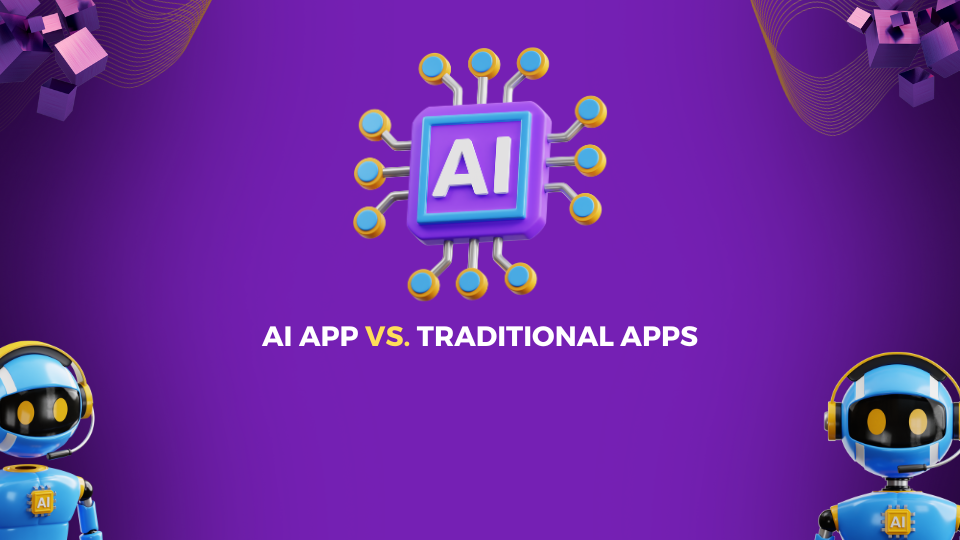In the era of artificial intelligence, the production of intelligent products is significant. Among the critical issues for AI products are determining whether a product is worth producing. Product managers have diverse focuses, with some emphasizing user experience and others requiring deep knowledge of data and code. For UI-focused products, machine learning features impact user interaction, necessitating careful presentation. On the other hand, managers of APIs or technical platforms concentrate on AI algorithm integration. Considering its value is essential when developing an AI product or feature within a more extensive development. Product management and machine learning are vast topics intertwined in this regard.
manage an AI product: Feasibility, Desirability, Viability
To determine the value and management of an artificial intelligence product, we examine the following three components:
- Feasibility
- Desirability
- Viability
Feasibility
Feasibility is a critical aspect to consider for AI products. Assessing what is possible with software has improved, but an initial assessment of the problem and the available information is vital. Understanding the situation, improving it, and obtaining the appropriate data are necessary.

Feasibility: can we build it?
Asking these questions can help with better feasibility:
- What problem are we going to solve?
- What problem are we going to solve?
- Do we have enough data to solve the problem?
- Can we extract logical patterns from the data?
Desirability
Checking the desirability of a product is a challenging task. We need to ensure that the user will like this product. We must pay attention to all aspects.

Desirability: Do people want it?
- How good are the algorithms?
- How much does this solution gain the user’s trust?
Viability
Consider the worth of a viable solution to the user and your company. Evaluate commercial viability and alignment with company strategy. ML development is costly, requiring rare talent, data, and infrastructure. Expert systems may be a cost-effective alternative to AI. Utilize existing research and technologies. Assess if the problem will change over time. Expanding the solution to similar areas can justify upfront investments. Maintain viability amid changing environments. Replicability and reusing engineering can save costs. It is better to answer the following questions first to develop an AI product:
- Will the value developed in a long time be greater than the expense in a short time?
- Will the issue change over time? Can the answer be developed in other areas?

Viability: Will it create enough value?
Features of AI products
AI-driven products encompass various features that enhance their capabilities and value. These features can be classified into multiple categories:
- Personalization: AI enables products to personalize user experiences by analyzing data and tailoring recommendations or content to individual preferences.
- Automation: Products leverage AI to automate tasks, reducing manual effort and increasing efficiency.
- Predictive Analytics: AI-infused products use data to make predictions and provide insights, aiding decision-making processes.
- Natural Language Processing (NLP): Many AI products incorporate NLP to understand and generate human language, enabling chatbots, voice assistants, and sentiment analysis.
- Image and Video Recognition: AI-equipped products can recognize objects, scenes, and emotions in pictures and videos, supporting applications from security to entertainment.
- Anomaly Detection: AI detects unusual patterns or behaviors in data, helping identify anomalies or potential threats.
- Recommendation Systems: AI-driven recommendations guide users toward relevant content, products, or services based on their behavior and preferences.
- Enhanced Search: AI improves search accuracy by understanding user intent and context, leading to more relevant results.
- Optimization: Products use AI algorithms to optimize processes, whether supply chain management, resource allocation, or scheduling.
- Learning and Adaptation: AI products can learn from user interactions and data, adapting their behavior over time to improve performance.
Read more: Product development with AI: pros and cons.




